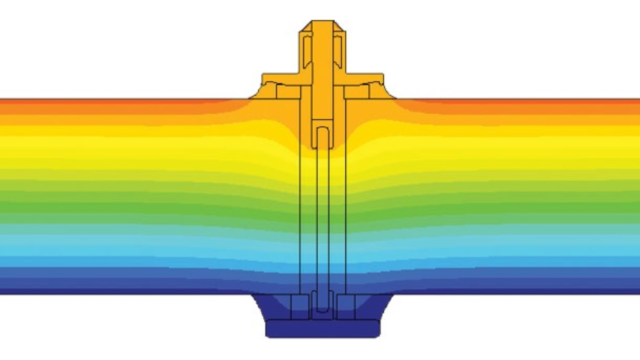
Improving energy efficiency, thermal performance, and overall comfort in buildings
Thermal breaks in steel windows are vital for improving energy efficiency, thermal performance, and overall comfort in buildings. Steel's inherent conductivity makes uninsulated steel windows prone to transferring heat, leading to increased energy consumption for heating or cooling.
Thermal breaks interrupt this heat flow, reducing heat loss during cold weather and heat gain during hot weather, thereby enhancing energy efficiency. They also prevent condensation by creating a barrier between the interior and exterior surfaces of the window frame, maintaining a healthier indoor environment.
Furthermore, thermal breaks promote consistent indoor temperatures near windows, improving occupant comfort. By reducing the need for heating and cooling, steel windows with thermal breaks offer potential energy cost savings and contribute to environmental sustainability by lowering greenhouse gas emissions.
Moreover, incorporating thermal breaks ensures compliance with building regulations mandating energy efficiency standards. Overall, thermal breaks in steel windows play a crucial role in enhancing energy efficiency, reducing condensation, improving comfort, achieving cost savings, and meeting regulatory requirements in building projects.

